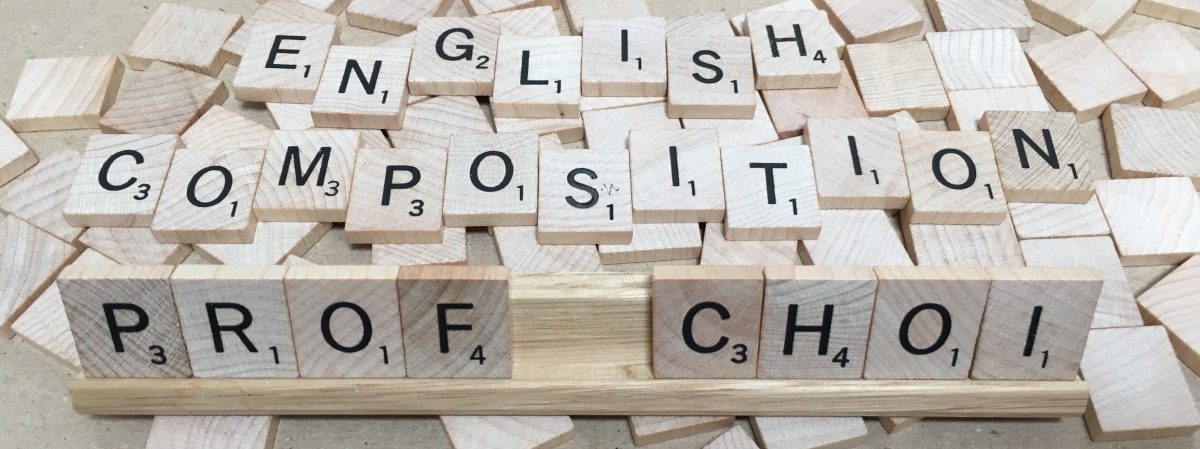Today, we discussed our next essay assignment, the Open Letter.
We then discussed the two open letters that we read for homework, one by Jennifer Aniston and the other by Philip Roth in connection to the topic of rumors.
Midterm practice essays were returned and reviewed. Please review essays for errors and revise accordingly.
Homework:
1) Read the readings in Unit 4 under the heading of “Ethical Dilemmas” (I have also included direct links below). There are two readings and one worksheet that you must fill out based on the readings. Print and read/annotate both readings and the worksheet and be ready to discuss them on Monday, 10/15.
- A Framework for Ethical Decision Making
- Ronald F. White, Excerpts from Moral Inquiry
- Ethical Dilemmas Worksheet
2) Using your City Tech New York Times subscription, search for 1 article on a current issue civic, social, or political issue that will be the subject of your Open Letter essay. Print and read/annotate the article. On a separate sheet of paper, summarize the issue and the main points of the author regarding the issue, and then discuss your own views on the issue (i.e., which side do you agree with and why?). Please type your response for collection on Monday, 10/15.
3) Grammar Quiz on Topic 3 to be held on Monday 10/15.
4) Prepare for the Midterm Exam to be held on 10/17. Go over the preparation guidelines and review all the practice exams/questions/reponses.



